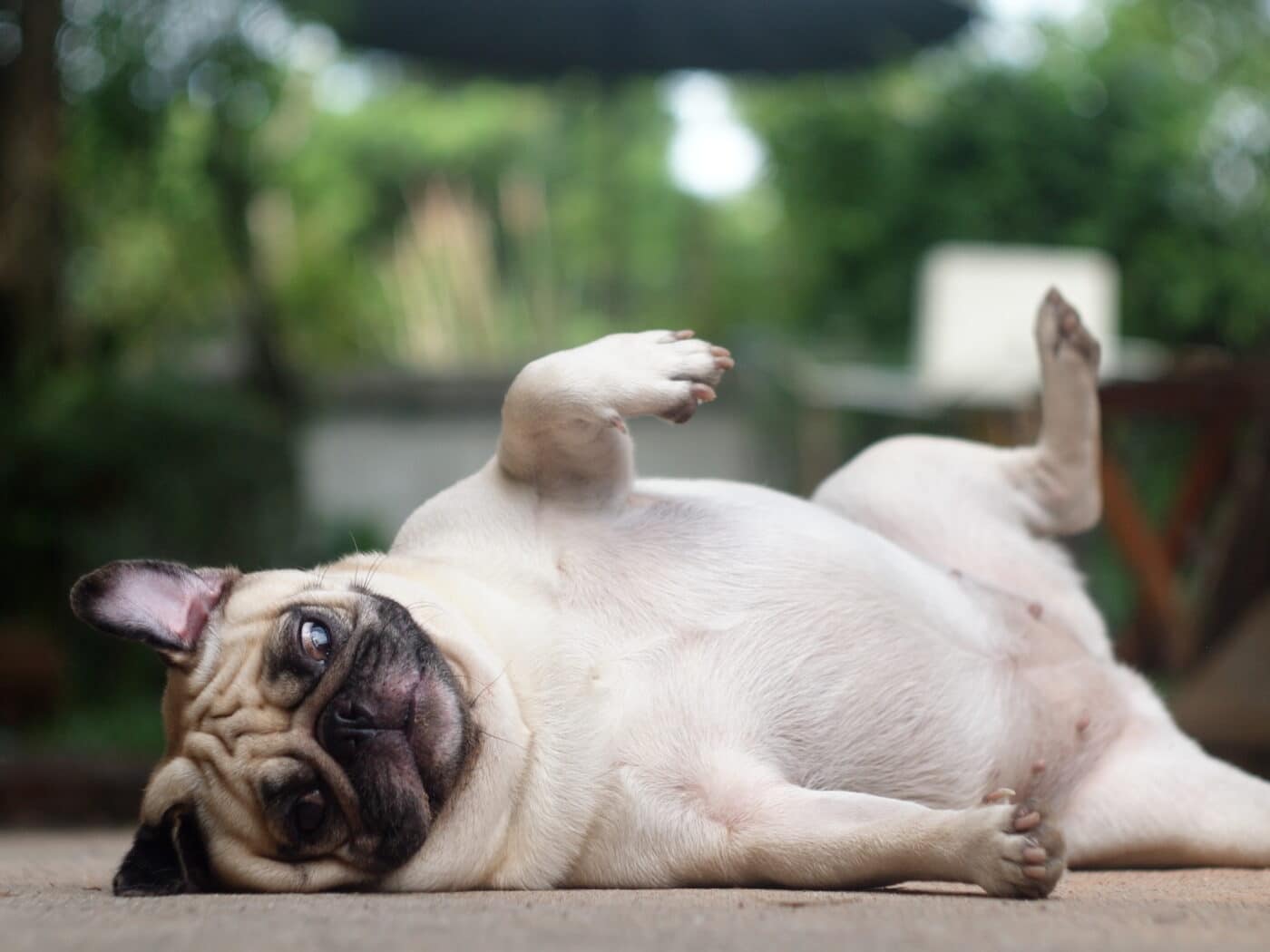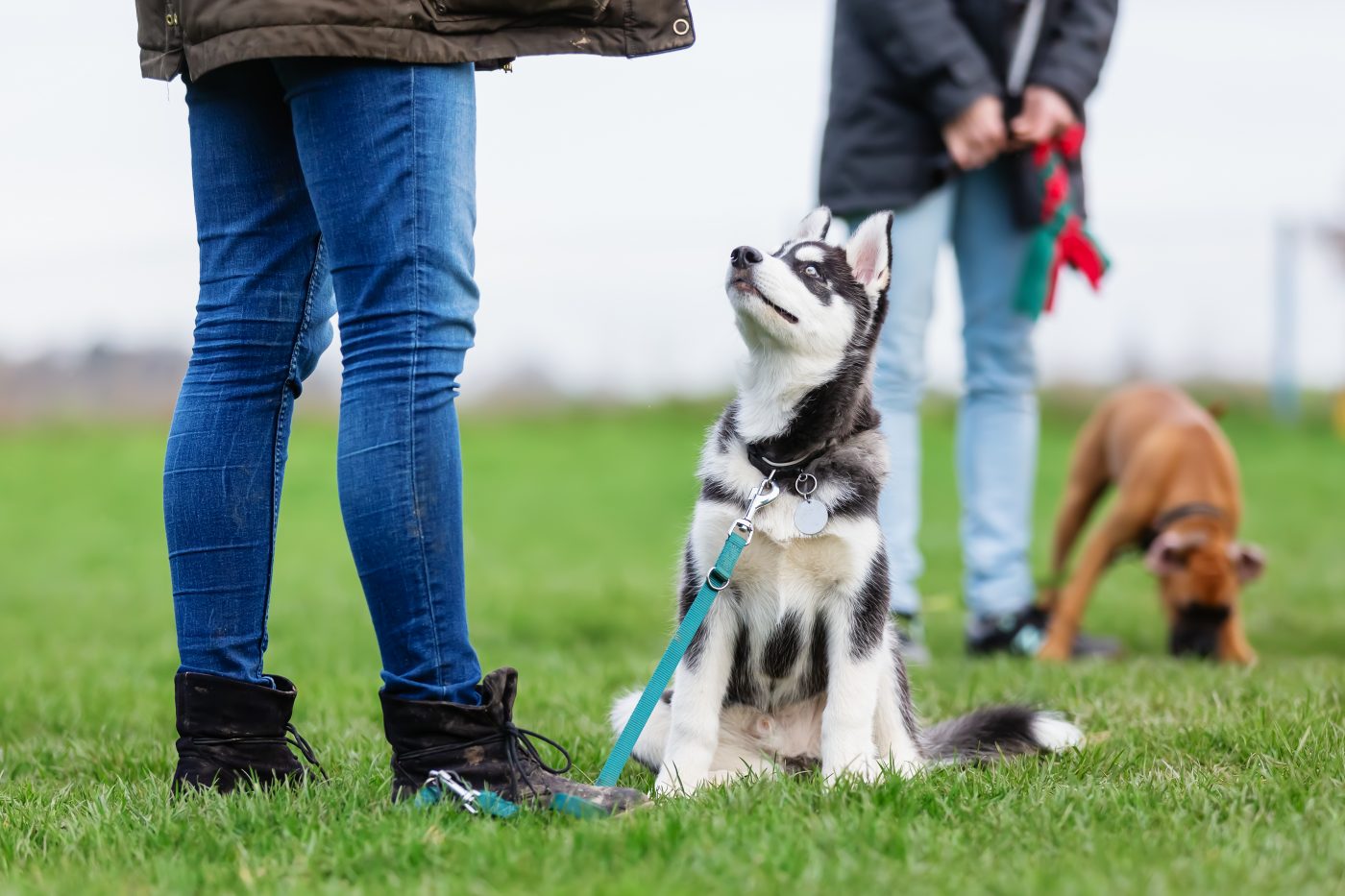shutter stock
Dogs are known for their boundless energy, loyalty, and companionship, but they also have the unique ability to teach us lessons we never thought we needed. One of the most valuable skills we can help develop is patience. Whether it’s training a puppy, managing an older dog’s stubbornness, or simply waiting for a walk to finish, dogs challenge our need for instant gratification. Through these everyday experiences, dogs provide countless opportunities for growth and teach us how to slow down and embrace patience in our lives.
Waiting for the “right time” to eat
 shutter stock
shutter stock
One of the first things many dog owners experience is the feeding ritual. From the moment you start preparing a meal, dogs are acutely aware and often very enthusiastic. But they will have to wait. Their enthusiasm is overwhelming, but it is your job to remain calm, and this requires a lot of patience. Dogs don’t understand the intricacies of meal preparation, so their excitement continues to build while you manage the pace. Over time, you learn the importance of waiting for something you want, even if you can’t bear the anticipation.
Patience training with commands
 shutter stock
shutter stock
Teaching your dog basic commands like “sit,” “stay,” and “wait” is about more than just obedience. It’s a lesson in mutual patience. Your dog may not understand the concept at first, and you may find yourself repeating the same command over and over again before your dog responds. It takes time for your dog to understand and respond appropriately, so staying calm and consistent throughout this process requires patience. You quickly realize that rewards come only after continued effort and quiet persistence.
leash walk tango
 shutter stock
shutter stock
When you first start walking your dog, the experience can feel like a game of tug-of-war, especially if you have a puppy or a dog not used to being walked on a leash. The dog may pull forward, stop and sniff every tree, and then dart off in a different direction. As a pet owner, learning how to calmly handle a leash without getting irritated is a valuable lesson in patience. A dog’s never-ending curiosity and the slow pace they set will help them understand the importance of enjoying the moment instead of rushing to a destination.
Responding to shoe biting incidents
 shutter stock
shutter stock
Even if you have a perfectly planned day, your dog might have other ideas, like chewing up your favorite shoes. At times like this, the challenge of controlling one’s emotions without lashing out becomes a true test of patience. This is especially true for puppies who are learning about boundaries. Instead of reacting quickly with irritation, you should remain calm, redirect your behavior, and understand that dogs explore the world with their mouths. Over time, this will teach you to stop, take a deep breath, and approach the problem calmly.
waiting for them to come in
 shutter stock
shutter stock
Sometimes, bringing your dog back inside after a good time outside can feel like waiting for the longest time-out ever. Whether you’re busy chasing squirrels or sniffing every nook and cranny of your yard, letting your cat come home can be an exercise in patience. This teaches us the importance of giving children space, respecting their needs to enjoy their environment, and resisting the urge to rush or force them. Over time, they learn to wait calmly, knowing that they will come back when they are ready.
be patient with their antics
 shutter stock
shutter stock
Dogs, especially puppies, are a whirlpool of energy. They may engage in behaviors that you find difficult, such as demanding attention at the most inconvenient times, chasing brooms, or trying to chew on furniture. However, they are not harmful. Instead of getting annoyed, you can learn to tolerate their behavior and sometimes even laugh at their antics. Through this, dogs teach us that not everything requires a reaction, and that some situations require a little humor and patience to deal with.
The art of waiting for a belly rub
 shutter stock
shutter stock
Sometimes your dog’s need to be bitten can seem endless. This is especially true when I roll over to rub my stomach. They will nudge you, paw at you, and stare at you until you finally give in and provide them the attention they want. In moments like this, the dog teaches us that patience in waiting for attention is not just about enduring waiting, but about understanding the joy of giving without expectations. Dogs don’t rush you, and their persistence isn’t a sign of short temper. It’s about trusting your dog to give you what it needs when the time is right.
Healing and recovery time
 shutter stock
shutter stock
If your dog is injured or undergoes medical treatment, the recovery period can be an exercise in patience for both you and your dog. They may not be able to resume normal activities right away, so you need to care for them in a way that requires restraint and empathy. This healing period often requires a long period of time, whether it’s waiting for the wound to heal or waiting for your dog’s energy levels to return to normal. In this process, children learn patience as they watch them slowly regain their strength, knowing that every step forward is progress.
Dealing with separation anxiety
 shutter stock
shutter stock
Dogs are extremely loyal creatures and often become deeply attached to their owners. If left alone for long periods of time, your dog may show signs of separation anxiety, which can lead to problem behaviors such as barking and destructive chewing. When dealing with a dog who suffers from separation anxiety, your patience can be tested as you train your dog to feel comfortable being alone. It takes consistent effort and sometimes progress is slow, but over time you’ll find that patience is the key to making them feel safe while you’re gone.
“Not yet” syndrome
 shutter stock
shutter stock
If you’ve ever tried to teach your dog a new trick or behavior, you’ve probably experienced the frustration of not making quick progress. Whether you’re teaching your dog to catch a ball or walk without a leash, a period of trial and error is often required. Patience is required during this period, as the dog gradually understands what is expected of him. Although this “not yet” period may be discouraging at times, it ultimately teaches us that progress takes time and it’s important to persist even if it doesn’t happen right away.
Manage post-meal zoomies
 shutter stock
shutter stock
This is an interesting phenomenon that many dog owners are familiar with. After eating, some dogs suddenly have a burst of energy and go into a frenzy, running around the house or yard in circles. This may make you laugh or be indignant, depending on the situation, but it also requires patience. You may have to wait until your dog calms down before resuming the activity, or you may have to sit and watch a series of confusing moments. This teaches you to accept unpredictability and be flexible with your time even when things get a little out of hand.
understand their emotions
 shutter stock
shutter stock
One of the greatest gifts dogs have is their ability to understand and empathize with their emotions. Dogs have an innate ability to sense when humans are upset or anxious, and will often try to comfort them. Instead, learning how to read your dog’s body language and cues requires patience and attentiveness, especially when your dog is anxious or scared. The more you observe and understand their needs, the more patient you will be. Whether it’s helping them calm down from a stressful event or understanding their discomfort in a new environment, this will deepen your bond and teach you to be more patient in all aspects of life.
grooming patience
 shutter stock
shutter stock
Grooming a dog can be a time-consuming and sometimes difficult process. Some dogs love being brushed and bathed, while others are less cooperative. Whether it’s cutting nails or giving your dog a bath, grooming teaches repetition and patience. Dogs don’t mind this process the same way humans do, but they do need gentle handling and time to get used to this routine. Through these grooming sessions, you will learn the importance of consistency and kindness, and develop a sense of patience, not only with the dog but with yourself.
Rough road to perseverance
 shutter stock
shutter stock
Dogs teach us patience in ways that go beyond basic training. Whether they playfully nudge us to get our attention or make us wait for the zoomies to finish, these furry friends help us slow down and enjoy the moment. . Their antics can be frustrating, but their boundless energy and endearing quirks remind us that patience isn’t just about waiting for something to happen, it’s about enjoying the journey. I’ll give it to you. So, when your dog looks at you with that “I’m ready for a walk” look, keep this in mind. Dogs are teaching you valuable patience.




